ANCIENT GREEK CULTS
Incorporating recent archaeological discoveries and scholarly perspectives, Jennifer Larson explores the variety of cults celebrated by the Greeks, how these cults differed geographically, and how each deity was conceptualized in local cult titles and rituals. This volume will serve as a companion to the many introductions to Greek mythology, showing a side of the Greek gods to which most students are rarely exposed. For example, the worship of Zeus Meilichios in the form of a snake strongly contrasts with the Homeric image of the Olympian god. Similarly, some literary portraits of Aphrodite indicate that she was sometimes worshiped as an armed (or even a bearded) goddess.
Surveying ancient Greek religion through the cults of its gods and goddesses, heroes and heroines, Ancient Greek Cults: A Guide is detailed enough to be used as a quick reference tool or text, yet provides a readable account focusing on the oldest, most widespread, and most interesting religious practices of the ancient Greek world in the Archaic and Classical periods. Including an introductory chapter on sources and methods, and suggestions for further reading, this book will allow readers to gain a fresh perspective on Greek religion.
Jennifer Larson is Professor of Classics at Kent State University. Her research lies in the fields of Greek poetry, mythology, and religion, and she is the author of Greek Heroine Cults (1995) and Greek Nymphs: Myth, Cult, Lore (2001).
ANCIENT GREEK CULTS
A guide
Jennifer Larson

NEW YORK AND LONDON
First published 2007
by Routledge
270 Madison Ave, New York, NY 10016
Simultaneously published in the UK
by Routledge
2 Park Square, Milton Park, Abingdon, Oxon OX14 4RN
Routledge is an imprint of the Taylor & Francis Group, an informa business
This edition published in the Taylor & Francis e-Library, 2007.
To purchase your own copy of this or any of Taylor & Francis or Routledges collection of thousands of eBooks please go to www.eBookstore.tandf.co.uk.
2007 Jennifer Larson
All rights reserved. No part of this book may be reprinted or reproduced or utilized in any form or by any electronic, mechanical, or other means, now known or hereafter invented, including photocopying and recording, or in any information storage or retrieval system, without permission in writing from the publishers.
Library of Congress Cataloging in Publication Data
Larson, Jennifer (Jennifer Lynn)
Ancient Greek cults: a guide/Jennifer Larson.
p. cm.
Includes bibliographical references and index.
1. Mythology, Greek. 2. GreeceReligion. I. Title.
BL783.L37 2007
292.08dc22 2006030370
British Library Cataloguing in Publication Data
A catalogue record for this book is available from the British Library
ISBN 0-203-35698-5 Master e-book ISBN
ISBN13: 978-0-203-35698-2 Master e-book ISBN
ISBN13: 978-1-134-34618-9 ePub ISBN
ISBN10: 0-415-32448-3 (hbk)
ISBN10: 0-203-98684-9 (ebk)
ISBN13: 978-0-415-32448-9 (hbk)
ISBN13: 978-0-203-98684-4 (ebk)
FOR MY MOTHER,
JANEAN LENNIE STALLMAN
CONTENTS
ILLUSTRATIONS
Frontispiece maps
| Greece |
| The Aegean area |
| South Italy and Sicily |
Figures
| 1.1 | A sacrificial bull is led to the priest at the altar, overseen by the cult statue of a goddess. Attic red-figured pelik , fifth century , fifth century |
| 1.2 | A priest examines a rams entrails to determine the will of the gods. Attic red-figured skuphos, 49080 |
| 2.1 | Votive bronze from Mt. Lykaion, Arkadia. Enthroned Zeus holds the thunderbolt (left hand) and an unidentified attribute (right hand). Sixth century |
| 2.2 | Zeus Meilichios as serpent, votive relief from the Peiraieus, c. 400 |
| 3.1 | Terracotta house or temple model from Perachora. End of the ninth century |
| 3.2 | Metope from Hera sanctuary at Foce del Sele: Centaur, 57060 |
| 4.1 | Athena Parthenos. Roman marble copy of the cult statue in the Parthenon at Athens, 44739 |
| 4.2 | Bronze votive statue of Athena in battle from the Athenian Akropolis, c. 480 |
| 5.1 | Potter and kiln. Votive pinax from Poseidon sanctuary at Penteskouphia, early sixth century |
| 5.2 | Bronze Poseidon from Livadhostro Bay (Boiotia), c. 470. Inscribed to the god |
| 6.1 | Demeter and Kore or Hekate. Relief sculpture, fifth century |
| 6.2 | Persephone opens a box containing an infant. Terracotta pinax from Lokroi Epizephyrioi, 47050 |
| 7.1 | Youthful Apollo in bronze. Possibly produced as a cult statue, originally with a bow in the left hand and an offering bowl in the right, c. 520 |
| 7.2 | Bronze cult statues from Dreros, Krete: Apollo, Artemis, and Leto, eighth century |
| 7.3 | Painted metopes and roof ornaments from the temple of Apollo at Thermon, Aitolia, c. 625 |
| 8.1 | Artemis from the east frieze of the Parthenon |
| 8.2 | Artemis Ephesia. Roman alabaster and bronze copy of cult statue, original, c. 500 |
| 9.1 | Aphrodite with dove, votive bronze from Dodona (?), c. 450 |
| 9.2 | The birth of Aphrodite on the Ludovisi Throne, probably from the sanctuary of Aphrodite at Lokroi Epizephyrioi, 46050 |
| 10.1 | Head of Dionysos cult statue from Ikarion, Attica, c. 520 |
| 10.2 | Lenaia vase: women ladle wine before an image of Dionysos (a masked and draped pole). Attic stamnos exported to Italy, fifth century |
| 11.1 | Skuphos with an early depiction of Pan, from the Theban Kabirion, fifth century |
| 11.2 | Cave shrine of the nymphs with three nymphs led by Hermes. Pan is present in the upper right. Hellenistic |
| 12.1 | Temple of Hephaistos in the Athenian agora |
| 13.1 | Skuphos from the Theban Kabirion showing initiates, fifth century |
| 13.2 | Bendis and Deloptes, terracotta votive relief, c. 400 |
| 14.1 | Marble votive relief to Asklepios and Hygieia. A family brings a bovine to the altar for sacrifice. Late fourth century |
| 15.1 | Marble votive relief dedicated to the healing hero Amphiaraos. Background: incubation. The foreground shows the sleepers dream: the hero treats his shoulder ailment, fourth century |
PREFACE AND ACKNOWLEDGMENTS
Limitations of space have made it necessary to resist the urge to document every fact; instead, I have cited primary sources only where they are directly quoted or otherwise indispensable. Secondary sources in the notes are also kept to a minimum, with emphasis on more recent scholarship, and citations of standard handbooks and reference works are generally avoided; a full list of works consulted can be found in the bibliography. I chose the further reading at the end of each chapter for its accessibility to undergraduate students, and it is therefore limited to items in English. Students who desire full coverage of a given subject will need to venture into other languages. All dates in this book are BCE unless otherwise specified. For Greek authors and the most familiar Greek names (Oedipus, Achilles) I use the conventional English spellings; other Greek words are transliterated. For the purposes of this book, I treat as singular the names of certain Greek festivals that are plural in form (Thesmophoria, Panathenaia). Abbreviations of journals are those used in

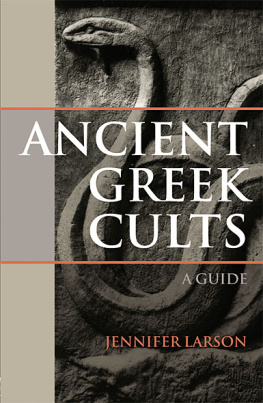
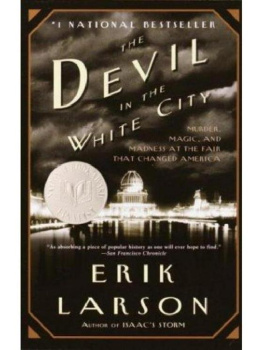


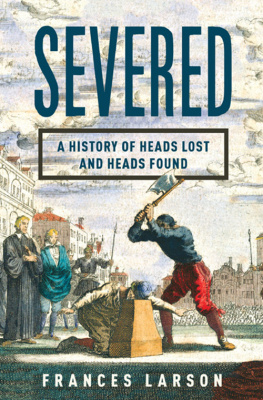
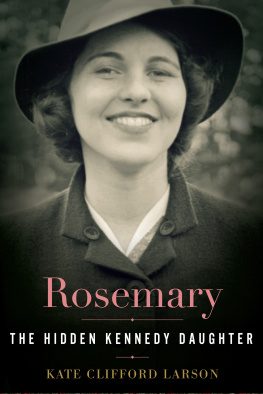
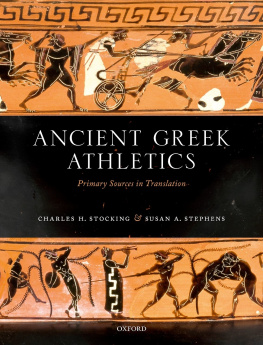
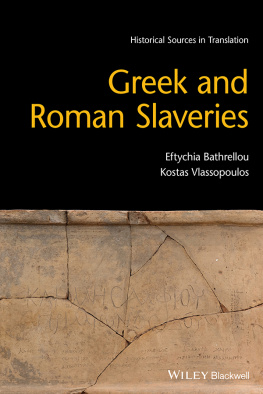
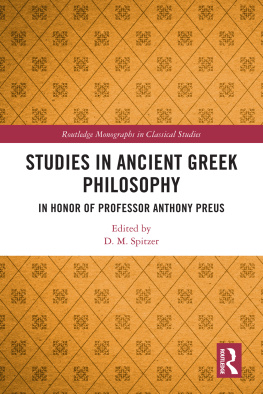
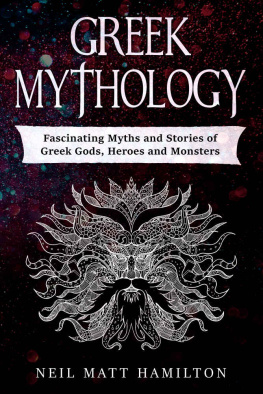


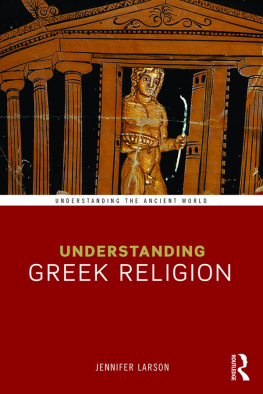

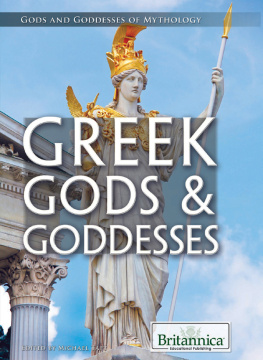
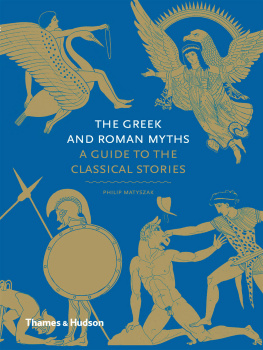
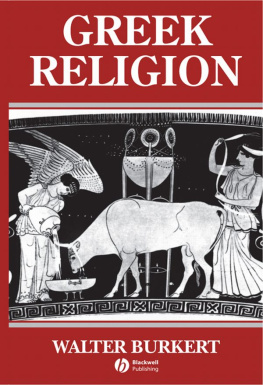
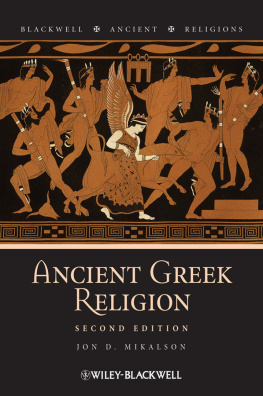

 , fifth century
, fifth century